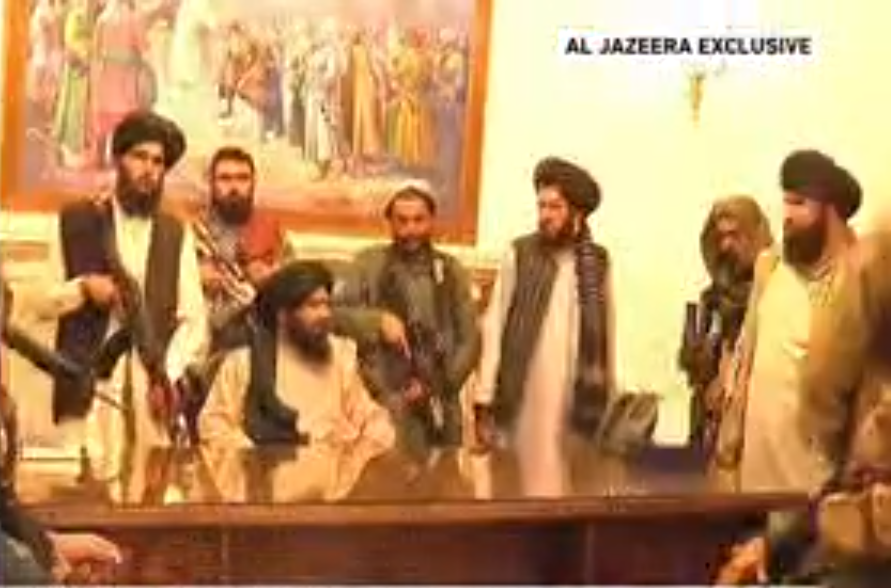
I started working on this piece a couple of days ago.
I have had to change the starting paragraph twice.
Two days ago, it was “If Afghanistan falls….”
Yesterday it became, “When Afghanistan falls…”
Today, tragically it is “As Afghanistan falls…”
I’ll pick it up from there.
As Afghanistan falls there is already the endless finger pointing and blame shifting, the brash Monday morning quarterbacking, the castigatory “I told you so’s” for, as the saying goes, “success has many fathers, but failure is an orphan.”
In recent weeks and months, I have been a vocal critic of the snail pace and ineffectiveness of the evacuation of our Afghan allies vs the breakneck speed of our troop withdrawal.
In all honesty, I have been all over the map myself on the “issue” of what has now become America’s longest war and I admit that I “was for the war before I was against it.”
Today, I mainly feel grief for what the people of Afghanistan have already suffered, deep sadness for the more than 2,400 brave American men and women we have lost during the past 20 years, and anguish and fear for what is yet to come for the Afghan people.
Most of all, I feel heartache for the children: Our children, their children.
In September 2010, when the war had already gone on for nine years and when 1,145 of our military had already died in Afghanistan, a letter in the New York Times hit me like a ton of bricks.
It read:
The saddest thing about reading the names of the American casualties in Afghanistan is to read their ages: 18, 19, 20, 21. They were children when the war began.
We know exactly how young these heroes were when the war began.
They were ages 9, 10, 11 and 12.
By God, they were only babies when the war began!
It also so happened that our grandson had just turned 11 one month before.
Not for a second did we contemplate that 11 years later that war would still be going on, still claiming lives of young Americans who ”were ages 9, 10, 11 and 12” then, in 2010.
Our grandson is not among them, but among the next one thousand service members to make the ultimate sacrifice in Afghanistan there would be too many who were just 9, 10, 11 and 12 in 2010 – who were just babies when the war was already nine years old.
If there is one constancy of war, it is “the youth who fight and die.”
But young people, children, don’t have to fight to die or to be maimed in Afghanistan. They die because they happen to be born and live in that troubled country.
United Nations data shows that between 2005 and 2019 at least 26,500 children were maimed or killed in Afghansistan. Those horrific statistics picked up dramatically in the last two years, with the first six months of 2021 alone seeing 468 children killed and 1,214 wounded, a 47% increase compared with the same period last year –. notwithstanding the presence of 2.500 U.S. troops and a 300,000-strong Afghan army.
In “The Only Thing Worse Than Leaving Afghanistan? Staying” American reporter Walter Shapiro remembers how “joyful Afghan boys” raced after his car during “those heady days “ in Kabul in 2001, “when the Taliban were routed, presumably forever.”
Shapiro wonders what happened to them:
Did any of them get a full education—and even attend college? Did many of them revel in living ordinary lives free from the heavy hand of the religious police? And, conversely, did a few of them, questing after order instead of liberty, flock to the Taliban?
Of course, every life will be affected in Afghanistan. Shapiro writes, “It will be agonizing to watch the dreams of those Afghans who longed to live in the twenty-first century get destroyed by the return of the Taliban.”
Events in Afghanistan are moving precipitously fast. A few hours ago, the news broke that Afghan president Ashraf Ghani had fled the country and a few hours later the Al-Jazeera news network aired footage showing a group of Taliban fighters inside the presidential palace (lead image).
We pray for the people of Afghanistan.
















